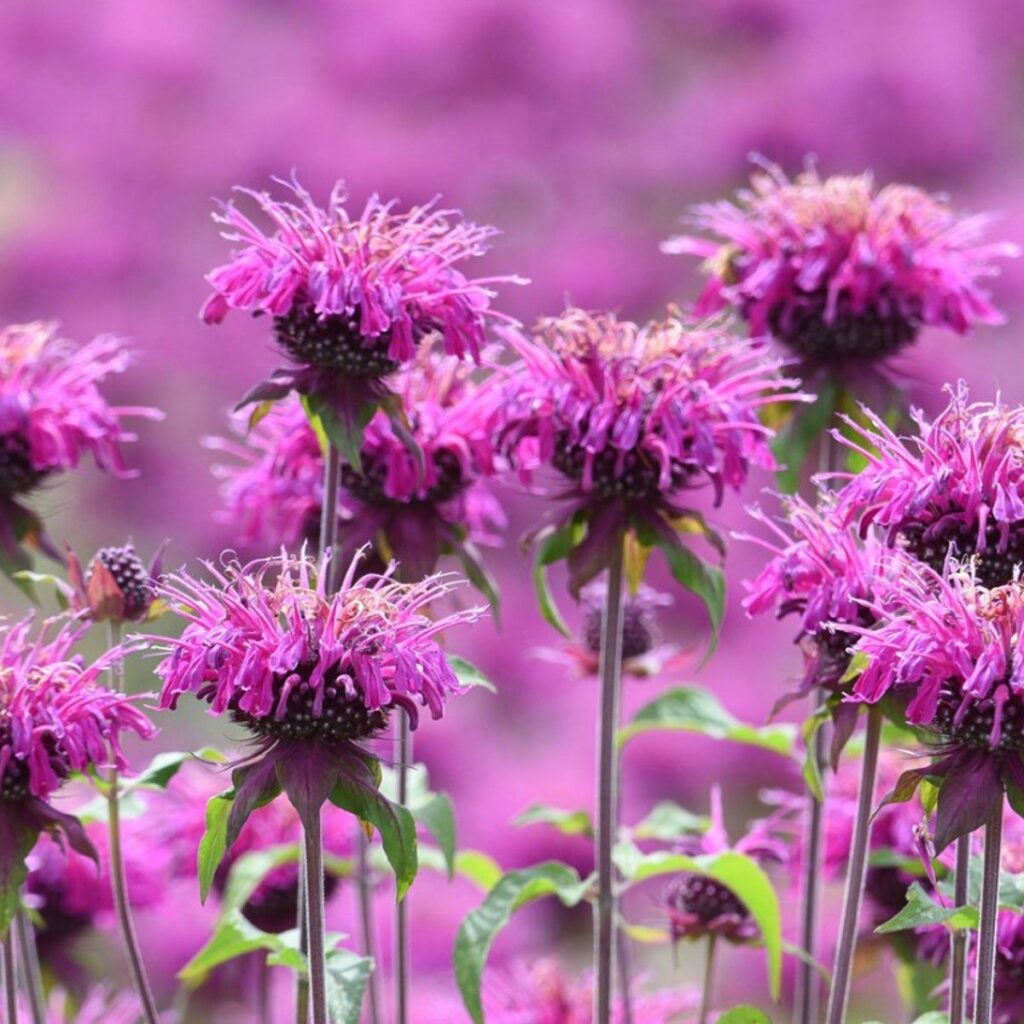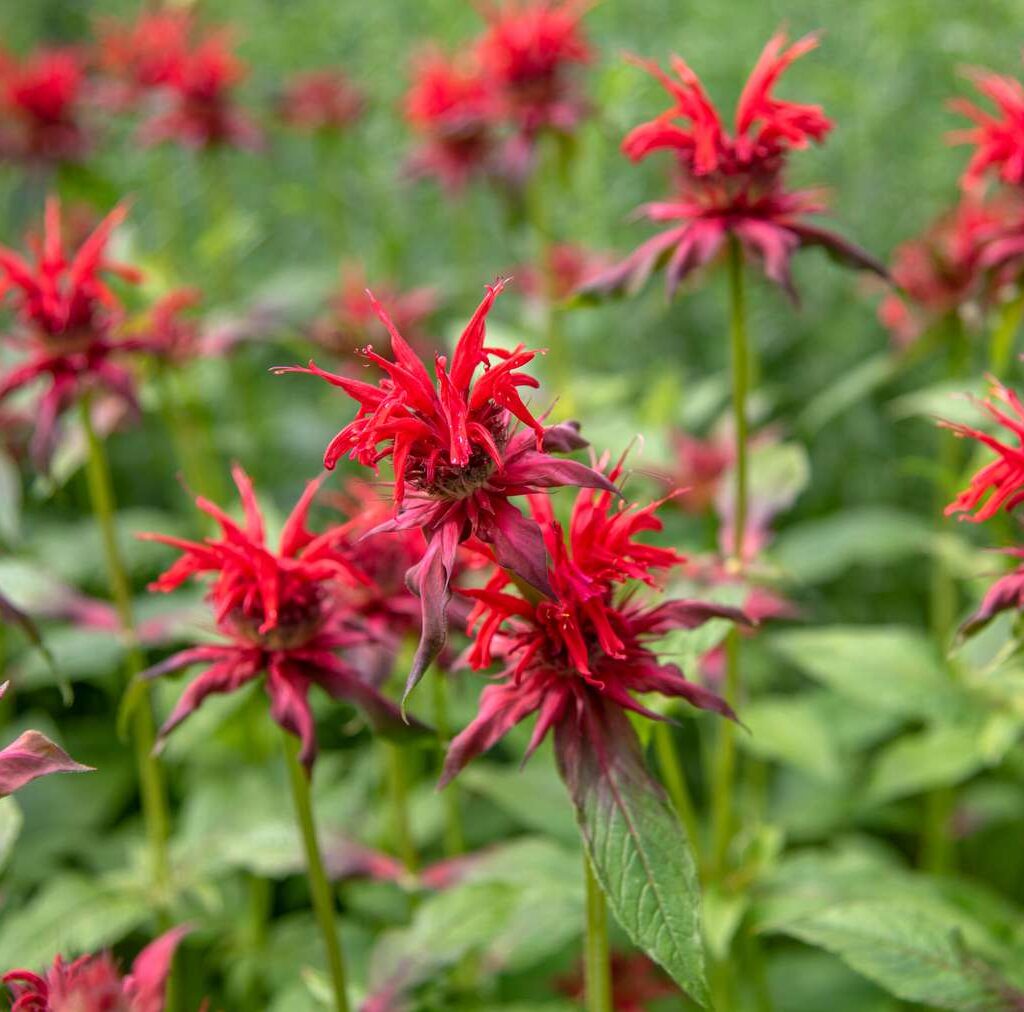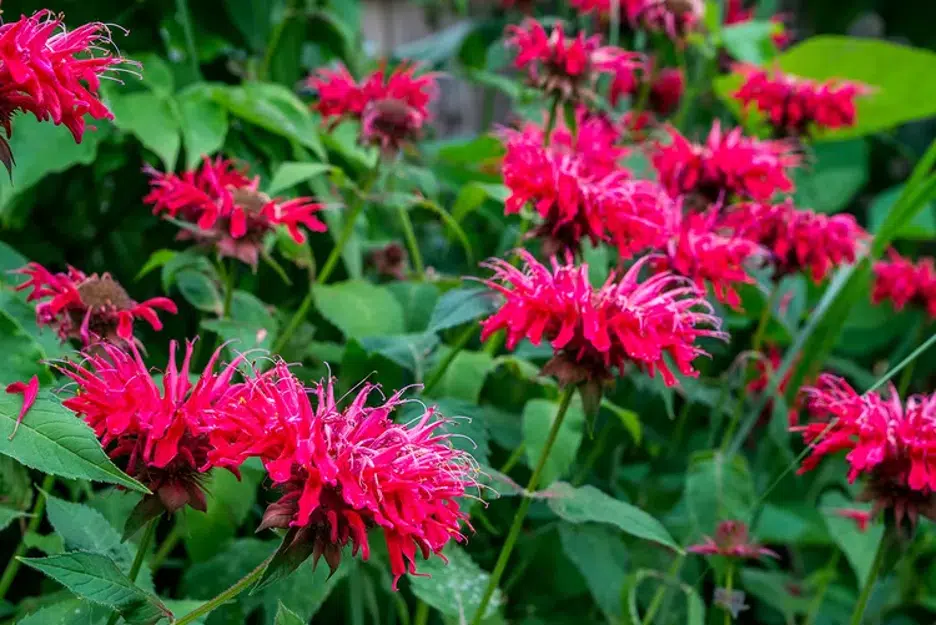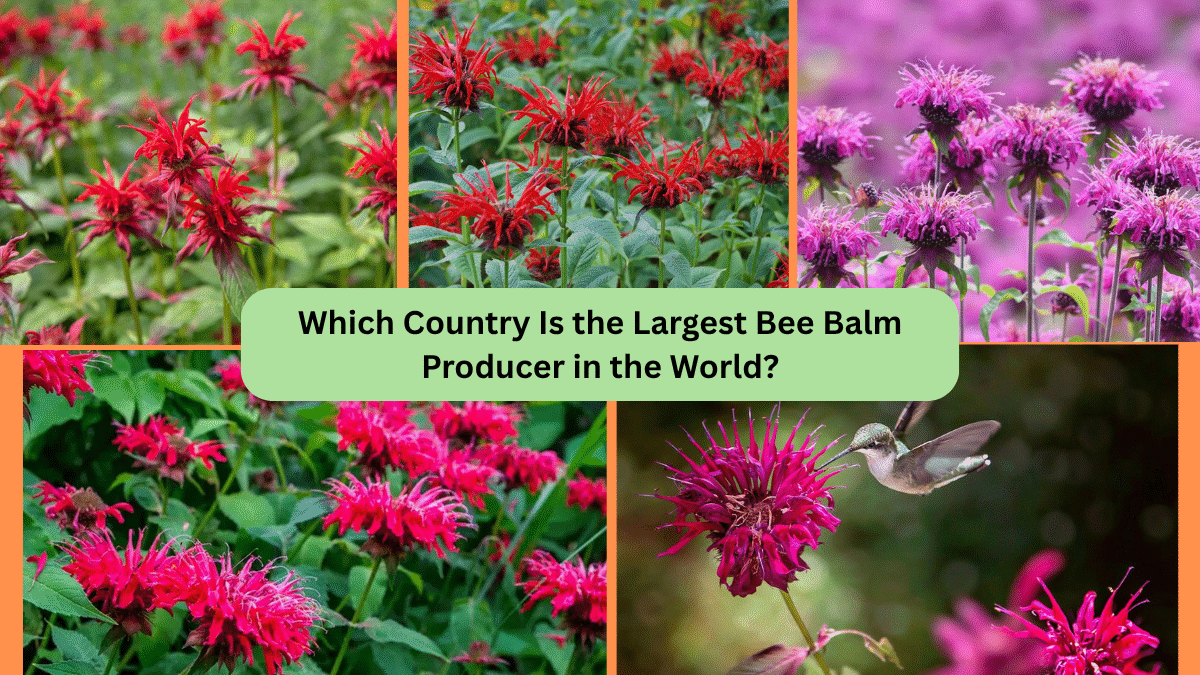Bee Balm, known scientifically as Monarda, is a showy, aromatic perennial beloved by gardeners, herbalists, and pollinators alike. Native to North America, this vibrant plant, with its spiky, tufted flowers in shades of red, pink, lavender, and white, has long graced natural meadows, herb gardens, and ornamental beds. Known for attracting bees, butterflies, and hummingbirds, Bee Balm also carries historical value in traditional herbal medicine.
While it’s cultivated in various regions worldwide for its ornamental and herbal uses, one country stands out as the undisputed leader in its production. In this article, we’ll explore the origins of Bee Balm, its uses, global production trends, and ultimately answer the pressing question: Which country is the largest Bee Balm producer in the world?
What is Bee Balm?

Bee Balm is a perennial herbaceous plant in the mint family (Lamiaceae). Its botanical genus, Monarda, comprises about 16 species, most native to North America. The plant grows between 2 to 4 feet tall, producing clusters of striking, fragrant flowers in summer.
Popular species include:
- Monarda didyma – Scarlet Bee Balm
- Monarda fistulosa – Wild Bergamot
- Monarda citriodora – Lemon Bee Balm
Its leaves, rich in essential oils like thymol and geraniol, have been traditionally used to brew herbal teas, treat respiratory conditions, and create natural insect repellents.
Importance and Uses of Bee Balm
Bee Balm is cherished for various reasons:
- Pollinator Magnet: Attracts bees, hummingbirds, and butterflies, supporting biodiversity.
- Medicinal Herb: Historically used by Native American tribes for colds, fevers, and skin infections.
- Aromatic and Culinary Uses: Leaves are brewed for teas and flavoring dishes.
- Ornamental Value: Adds color, texture, and fragrance to gardens and naturalized landscapes.
- Prairie Restoration and Pollinator Gardens: Essential in seed mixes for ecological restoration projects across the U.S. and Canada.
Because of these varied uses, its cultivation has expanded beyond native meadows into commercial nurseries and herbal farms.
Where Is Bee Balm Grown Globally?

While Bee Balm’s popularity has spread to Europe, Asia, and Australia, its native range and commercial cultivation remain largely concentrated in North America, particularly in the United States and Canada.
Europe grows Bee Balm primarily as an ornamental plant in private gardens and parks, while its use in herbal medicine is relatively limited compared to other traditional European herbs.
Asia, particularly China and Japan, has shown growing interest in Bee Balm for use in herbal teas and natural remedies, although production levels remain modest.
The United States: The World’s Largest Bee Balm Producer
Without question, the United States is the largest producer of Bee Balm in the world. Its dominance stems from several factors:
Native Distribution and Wild Harvesting
Bee Balm naturally grows wild throughout much of the eastern, central, and northern United States. You’ll find it thriving in:
- Meadows
- Open woodlands
- Roadsides
- Prairie grasslands
Because it’s native, wild harvesting supplements cultivated production, particularly in ecological restoration projects.
Large-Scale Ecological Projects
The U.S. has one of the largest wildflower restoration programs in the world. Departments of transportation and conservation agencies plant native wildflowers—including Bee Balm—along roadsides, public parks, and wildlife corridors to support pollinator habitats.
Thousands of acres of land across the Midwest and Great Plains are reseeded each year with Bee Balm, making it a staple in prairie restoration.
Nursery and Seed Industry
Bee Balm is widely propagated by nurseries across the U.S. as a flowering perennial for home gardens, landscaping projects, and pollinator-friendly planting schemes. Major native plant nurseries like Prairie Moon Nursery, American Meadows, and Wild Seed Farms produce millions of Bee Balm plants and seeds annually.
In addition, seed companies offer regionally adapted wildflower mixes containing Bee Balm for customers across all U.S. climate zones.
Herbal and Medicinal Market
Bee Balm remains popular in the herbal market for use in:
- Herbal teas (often marketed as “Wild Bergamot Tea”)
- Essential oils
- Salves and ointments for skin care
- Aromatherapy products
The herbal industry sources large quantities of Monarda didyma and Monarda fistulosa leaves and flowers from U.S. growers and wild harvesters.
Production Figures (Approximate)
- Estimated thousands of acres of Bee Balm grown or harvested annually.
- Over 100 million Bee Balm seeds produced per year for the restoration and home garden market.
- More than 50 cultivars and native species varieties are commercially available in the U.S.
Canada: A Strong Secondary Producer

Canada ranks as the second-largest Bee Balm producer globally. Native to much of southern Canada, Bee Balm plays a key role in prairie restoration projects in provinces like Ontario, Manitoba, and Alberta.
Canadian farmers and nurseries produce Bee Balm for:
- Seed mixes for ecological restoration.
- Native plant landscaping projects.
- Herbal product markets, especially for natural health stores and herbal tea companies.
While Canadian production is significant, it remains smaller in scale compared to the United States.
Europe: Ornamental Focus
In Europe, Bee Balm is primarily grown as an ornamental garden plant. It features in:
- Public parks
- Pollinator gardens
- Private estate plantings
- Cut flower gardens
Countries like the United Kingdom, Germany, the Netherlands, and France cultivate Bee Balm cultivars, particularly hybrid varieties with enhanced disease resistance and color diversity. However, European production is far more limited in both volume and commercial scale than in North America.
Asia: Emerging Interest

China and Japan have shown growing interest in Bee Balm in recent years, primarily for:
- Herbal teas (notably Monarda citriodora or Lemon Bee Balm)
- Natural insect repellents
- Small-scale ornamental gardens
While still a niche market, Asian cultivation is expected to expand gradually as herbal wellness trends rise.
Why the U.S. Leads the World
Several factors contribute to the United States’ dominance in Bee Balm production:
- Native growing conditions — ideal soil, sunlight, and climate.
- Ecological restoration programs using Bee Balm on thousands of acres.
- Large native plant seed industry producing millions of seeds annually.
- Widespread use in herbal medicine and natural health products.
- Diverse nursery and landscaping markets cultivating both native species and improved cultivars.
Its presence in everything from wild meadows to urban rooftop gardens cements the U.S.’s status as the world’s Bee Balm capital.
Future Outlook

With increasing awareness of pollinator conservation and sustainable landscaping practices, Bee Balm’s popularity is on the rise. The demand for native wildflowers in urban and suburban developments, green infrastructure projects, and public parks is projected to fuel even greater production in the years ahead.
Given its ecological value, medicinal benefits, and ornamental charm, Bee Balm is poised to remain a staple crop in North American horticulture and beyond.
Conclusion
So, which country is the largest Bee Balm producer in the world?
The clear answer is the United States.
From wild meadows and prairies to commercial seed farms and herbal gardens, Bee Balm thrives across the U.S., supported by its native status, ecological importance, and strong market demand. Canada follows as a significant secondary producer, with Europe and Asia participating in ornamental and emerging herbal markets.
Bee Balm’s enduring appeal lies in its ability to beautify, heal, and support pollinator ecosystems — a plant as practical as it is picturesque.





Leave A Comment